 [At an indoor photographica yard sale that followed the RIT-sponsored conference in April of this year, I came across a copy of Tom Dugan’s 1979 book Photography Between Covers. Consisting of interviews with photographers of the period heavily involved in producing photography books, as well as people otherwise involved with them (publisher David Godine, printer Sid Rapoport), it includes a conversation with me that Dugan taped in February 1978 and transcribed.
[At an indoor photographica yard sale that followed the RIT-sponsored conference in April of this year, I came across a copy of Tom Dugan’s 1979 book Photography Between Covers. Consisting of interviews with photographers of the period heavily involved in producing photography books, as well as people otherwise involved with them (publisher David Godine, printer Sid Rapoport), it includes a conversation with me that Dugan taped in February 1978 and transcribed.
Light Impressions, the still-active Rochester-based firm that specializes in archival materials for photography, for a time got deeply involved in the marketing and distribution (and, to a lesser extent, the publishing) of photo books, issuing Dugan’s unique volume under its imprint. The copy I found — ex-library, with the usual markings, missing its cover, but otherwise intact — cost only a few dollars, so, with my own copy presently in storage, I snagged it. Through the miracles of computerization I scanned the pages of that interview, put them through an OCR program, and ended up with the digitized version whose first section appears below.
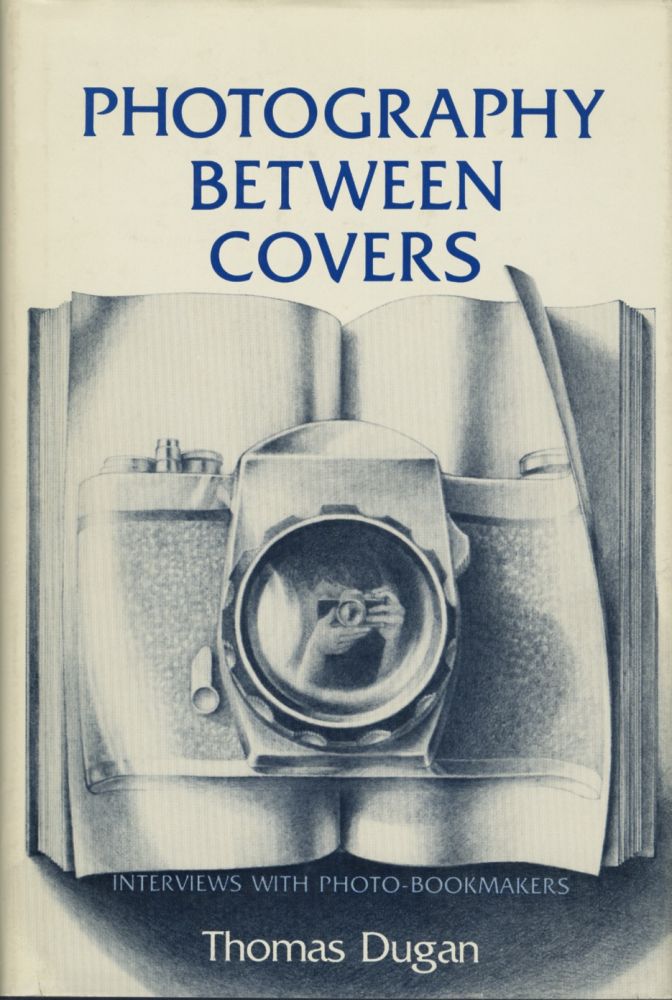 Various factors, including the emergence of print-on-demand (POD) technologies and the ebook format, have already transformed photo-book publishing in radical ways, and promise to do so even more in the near future. (See Frank Cost’s recent Guest Post on this subject.) So this dialogue qualifies as a period piece, a time capsule — like Dugan’s entire book, which I recommend highly — some of whose premises, inevitably, would come to seem quaintly archaic thirty years later.
Various factors, including the emergence of print-on-demand (POD) technologies and the ebook format, have already transformed photo-book publishing in radical ways, and promise to do so even more in the near future. (See Frank Cost’s recent Guest Post on this subject.) So this dialogue qualifies as a period piece, a time capsule — like Dugan’s entire book, which I recommend highly — some of whose premises, inevitably, would come to seem quaintly archaic thirty years later.
Yet the underlying assumptions about edition sizing, production values, pricing, marketing strategies and such seem to me to still hold, with some adjustments for inflation. And the paucity of photo-book reviewers, along with the limited platforms for such commentary, that I bemoaned then have only gotten even worse over the intervening decades.
In any case, here’s the interview as published, to which I’ve added a few notes and made just a few minor grammatical and punctuation corrections. Part 3 appears below; click here for part 2. The concluding part will follow shortly. — A.D.C.]
•
Tom Dugan: Interview with A. D. Coleman, February 14, 1978 (c)
ADC: … There is some work where you really cannot get the full experience of the imagery except through direct contact with the prints, largely because the person has been committed to the print as the primary vehicle for the work. A prime example of that might be Weston, where no matter how much you may respond to his images simply as images, until you’ve had the chance to feel the quality of his prints by actual contact with them, you’re just not aware of the depth of his sensuality, and his sensual response to the world.
But I find an increasing number of photographers who are beginning to think of the print as a matrix for the reproduction, rather than as the end in itself. Once you do that you no longer accept reproductions as inadequate facsimiles of your work, but you can actually start conceptualizing the reproduction as the ideal multiple form for your work to take, with prints being almost a tangential, or irrelevant aspect of your work.
There are a lot of images, and I don’t think it’s in any way denigrating to them to say this, that do not need duotone, for which duotone is superfluous, which don’t even need any kind of double-run,[1] but which would provide all their information, all their structure, all their form, and even all their significant tonalities in a good single-run halftone. The little book that I did, Confirmation,[2] for example. It would never have occurred to me to go for a fancier reproduction quality. It was just straight single-run halftone. I would have liked a slightly warmer halftone than I got. If I reprint I’ll go after a slightly better quality, but those images are in that book for informational purposes. They’re not in there to be considered as fine prints. What’s important is certain kinds of information. That’s all they’re there for.
I wouldn’t go to Rapoport[3] with a project like that. That’s become like Mecca for photographers: Whatever you do should be done by Rapoport. Maybe it shouldn’t be. Maybe you should explore whoever your local printer is, or learn how to print yourself, which a number of people are doing, or look at some of the other possible printing processes, and go through a very coherent evaluation of your project in terms of what you can afford, what you think the maximum audience for this is going to be, on any kind of realistic level.
What kind of reproduction will best serve the images, what kind of reproduction is superfluous, what kind of reproduction is inadequate? Does it need hardcover, what kind of binding is available, how much of it can you do yourself, how much do you have to farm out? Do it in a way where you’re not trying to make a posher book than the next guy. Maybe it shouldn’t be. Maybe we need more cheap books.
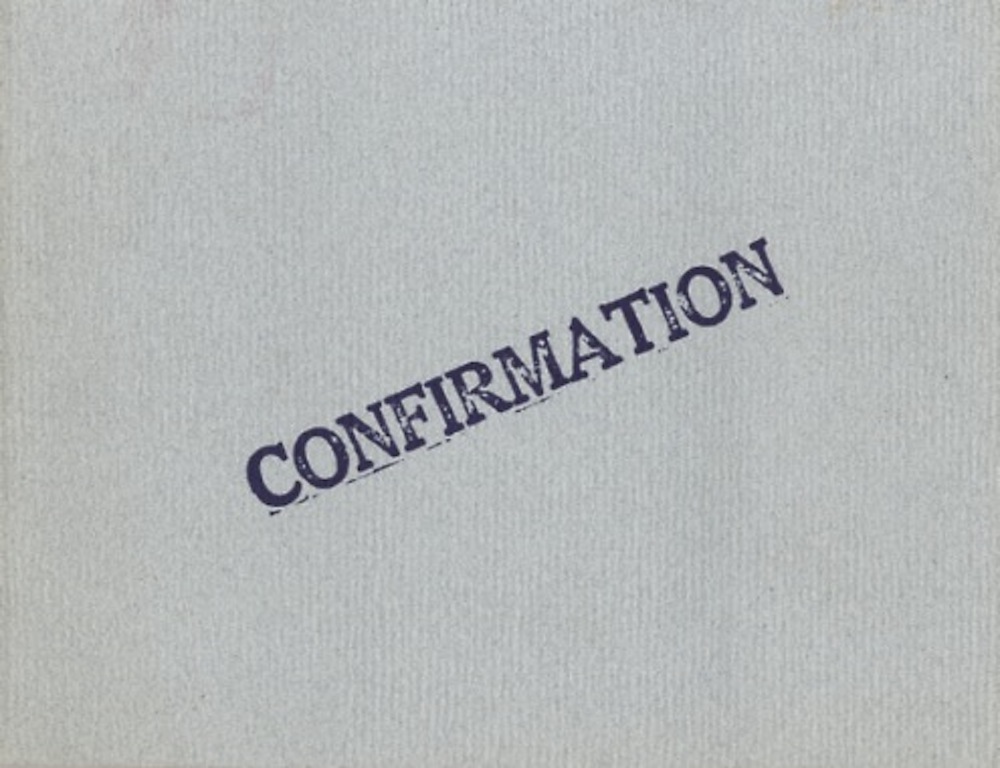 One thing I really like about Confirmation was that I could, more or less, cover my costs by selling it for $3.50 a copy. I was able to give away half the edition and still make essentially what I paid out for the book. When you go over five bucks, you’re doing a specific something to people’s pocketbooks; when you go over ten bucks, you’re doing a specific thing to people’s pocketbooks; and I know, quite aside from photography, that I will make certain decisions about spending more than ten dollars for a book, and make certain decisions about spending more than fifteen dollars for a book, and I’ll rarely spend more than twenty dollars for a new book.
One thing I really like about Confirmation was that I could, more or less, cover my costs by selling it for $3.50 a copy. I was able to give away half the edition and still make essentially what I paid out for the book. When you go over five bucks, you’re doing a specific something to people’s pocketbooks; when you go over ten bucks, you’re doing a specific thing to people’s pocketbooks; and I know, quite aside from photography, that I will make certain decisions about spending more than ten dollars for a book, and make certain decisions about spending more than fifteen dollars for a book, and I’ll rarely spend more than twenty dollars for a new book.
I love books. I’ve got a house full of books, but I’ll wait for them to come on sale at Marboro’s. I don’t see a whole lot of books that are worth twenty dollars of the cash that I go out and earn, and I can’t afford most of the few that I do see that are worth that much. I think people are tending to be unrealistic that way, tending to want to make such a superb book as a product, as an example of the bookmaker’s craft.
A lot of times you’ve got to look at your images and say, “What do these images need? What does this book need? If I brought this out and people could buy it for five dollars, might I not sell eight thousand copies more, or two thousand copies more than I’m going to sell if I bring it out priced at fourteen dollars? What’s the range in between there and what compromises would I make? What’s acceptable and what isn’t?”
TD: Do you think most photographers are unrealistic in their expectations?
ADC: I think the books cost a lot of money. To ask somebody to spend as much as a record would cost them, or as much as a movie for two would cost them, is not unrealistic, in terms of a smallish book, at any rate. If you’re going to ask them to spend upwards of ten dollars on a book, certainly if you’re going to ask them to spend upward of fifteen dollars, you had damn well better be giving them a book that, just in their initial approach to it, when they first see it, and hold it and feel it, is going to make them feel that this is something they’re going to go back to time and time again.
TD: When Joan Lyons did Abby Rogers to Her Granddaughter, about a year and a half ago, she printed five hundred copies and felt it would be a market research test to see how many books she could sell. I think that’s an intriguing idea. Maybe photographers should involve themselves more in finding out who their audience is. Maybe doing 250 copies of Confirmation, as you did, was a realistic number.
ADC: I thought it was. I’m surprised that there are actually, aside from around a hundred people that I gave copies to, maybe a hundred and fifty people out there, who I didn’t give copies to, who were interested enough in it, for whatever their reasons, that they would buy it. I think that was wonderful. When I go back to press, I’ll probably do a larger edition, maybe four hundred, maybe even five hundred (maximum) copies. If I do that, I would be very surprised if I run out of copies before ten years from now.[4]
When I did that book I did it with the feeling that the material specifically belonged in book form. It was organic and I felt like it should have its own identity, and book form seemed like the right thing. At the same time, I realized that there might not be a whole lot of people who would be interested in this particular kind of little book, which intersects adolescence, romanticism, jazz, pilgrimage, and the myth of the artist as a self-destructive hero.
That was a very personal statement, and there might not be a very wide audience for it, in photography or outside of photography. I just wanted to make that book, and two hundred and fifty was not going to cost me any more than one hundred and fifty, in any meaningful way. I’m much happier going back to press with it – having found that there actually might be more people out there wanting it – than I would be if I had printed two thousand of it, on the assumption that there should be an audience out there for two thousand copies, and finding myself with 1800 copies now in my closet, and with whatever additional bills would have been involved with that already paid out. Why? Going back to press on that is not going to cost me a whole lot. Nothing has gone up significantly since then.
TD: It’s an interesting idea. Photographers seem repeatedly to print more books than they can effectively move and yet they cling adamantly to the idea that there should be that number of people out there for their work. Maybe there should be, but there isn’t and it may be a more viable solution to just do the number that they can sell quickly, without having any expectations beyond what is there.
ADC: Sure. It’s true. You run into some specific economic problems when you get involved in fancy bookmaking, duotone printing and hard binding, where it’s unfeasible to do a thousand copies. The cost is such that you might as well go to four or five thousand copies. At that point, if you’re only going to do a thousand, the price you’ve got to charge for it is so impossibly high that you won’t sell any of them. It’s a complicated situation.
I think a lot of it has to do with that impulse to make the great book, not just in terms of the imagery, or the coherence, but the reproduction has to be fantastic, and so on. It’s wonderful; those books are lovely. But there are closets full of them all over America now. It’s getting to the point where virtually everybody is publishing or self-publishing a book; in most cases, it seems to me, they’re going to have to eat their books.
TD: That’s true even of the good ones. How does an artist go about getting his book reviewed?
ADC: The way it mostly happens with me, and I presume generally, people send me copies of the books. For quite a while, when I was writing for the Voice and the Times, I tried to review (and even do more than review; really deal at length with) virtually everything that came across my desk. Toward the end of that period, ’72-’73, that became impossible, just because of the volume that was coming through, and at that point, I left both those forums for that kind of writing, and haven’t devoted consistent attention to books since. Recently I’ve started a column at Camera 35 which will deal with more than a few dozen books a year out of what is bound to be hundreds that will appear.
I’m going to try to concentrate on things that I think are important, but are not being reviewed elsewhere. I’m going to be trying there to bring them to an audience which is a photography audience, but goes beyond the art photography audience. I would love, and have proposed to Rolling Stone on several occasions, to have a column devoted to photography with the concentration on photography books, and have been told by them that “Its time has not yet come.”
I would assume that that’s mostly how it happens with everybody [reviewers picking from review copies sent to them], which may be naïve. …
•
[1] “Double-run” referred to a printing method involving a second pass through the press to intensify the blacks in the reproductions.
[2] Confirmation (New York: ADCO Enterprises, 1975) concerns a pilgrimage I made to the Kansas City gravesite of jazz musician Charlie Parker in the summer of 1963.
[3] The New York-based Rapoport Printing Corp. had become one of several prominent U.S. printers specializing in photo books. Its founder, Sid Rapoport, developed a unique, patented two-step printing process dubbed Stonetone, applying it to fine photo books with an artisanal, collaborative approach. Most of the books issued under the imprint of Ralph Gibson’s Lustrum Press showcased Rapoport’s method. Sid Rapoport died on January 7, 1997.
[4] I did in fact get a chance to reprint it, in 1982. Because the paper and printing came free, as part of a visiting-critic residency at the University of Arkansas, we — photo teacher Michael Peven and I — produced an edition of 1000. Sure enough, 36 years later I still have several boxes of them in a closet.
•
 Special offer: If you want me to either continue pursuing a particular subject or give you a break and (for one post) write on a topic — my choice — other than the current main story, make a donation of $50 via the PayPal widget below, indicating your preference in a note accompanying your donation. I’ll credit you as that new post’s sponsor, and link to a website of your choosing. Include a note with your snail-mail address (or email it to me separately) for a free signed copy of my 1995 book Critical Focus!
Special offer: If you want me to either continue pursuing a particular subject or give you a break and (for one post) write on a topic — my choice — other than the current main story, make a donation of $50 via the PayPal widget below, indicating your preference in a note accompanying your donation. I’ll credit you as that new post’s sponsor, and link to a website of your choosing. Include a note with your snail-mail address (or email it to me separately) for a free signed copy of my 1995 book Critical Focus!
 But wait! There’s more! Donate now and I’ll include a copy of The Silent Strength of Liu Xia, the catalog of the 2012-13 touring exhibition of photos by the dissident Chinese photographer, artist, and poet, currently in her sixth year of extralegal house arrest in Beijing. The only publication of her photographic work, it includes all 26 images in the exhibition, plus another 14 from the same series, along with essays by Guy Sorman, Andrew Nathan, and Cui Weiping, professor at the Beijing Film Academy.
But wait! There’s more! Donate now and I’ll include a copy of The Silent Strength of Liu Xia, the catalog of the 2012-13 touring exhibition of photos by the dissident Chinese photographer, artist, and poet, currently in her sixth year of extralegal house arrest in Beijing. The only publication of her photographic work, it includes all 26 images in the exhibition, plus another 14 from the same series, along with essays by Guy Sorman, Andrew Nathan, and Cui Weiping, professor at the Beijing Film Academy.


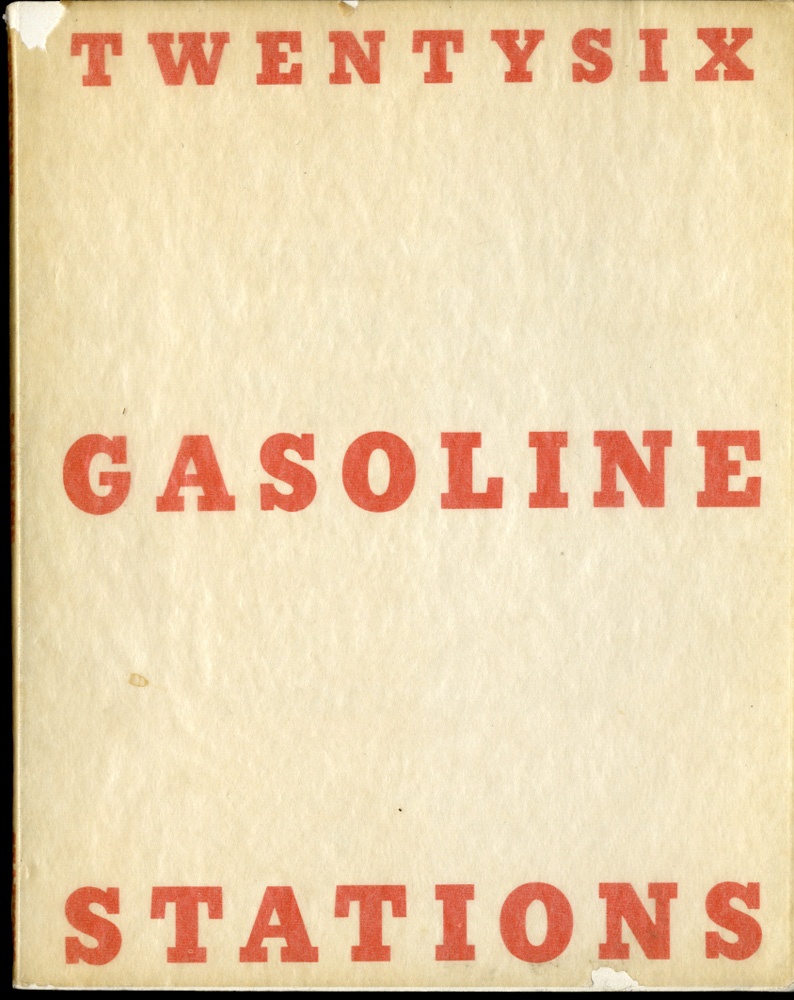
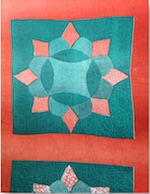
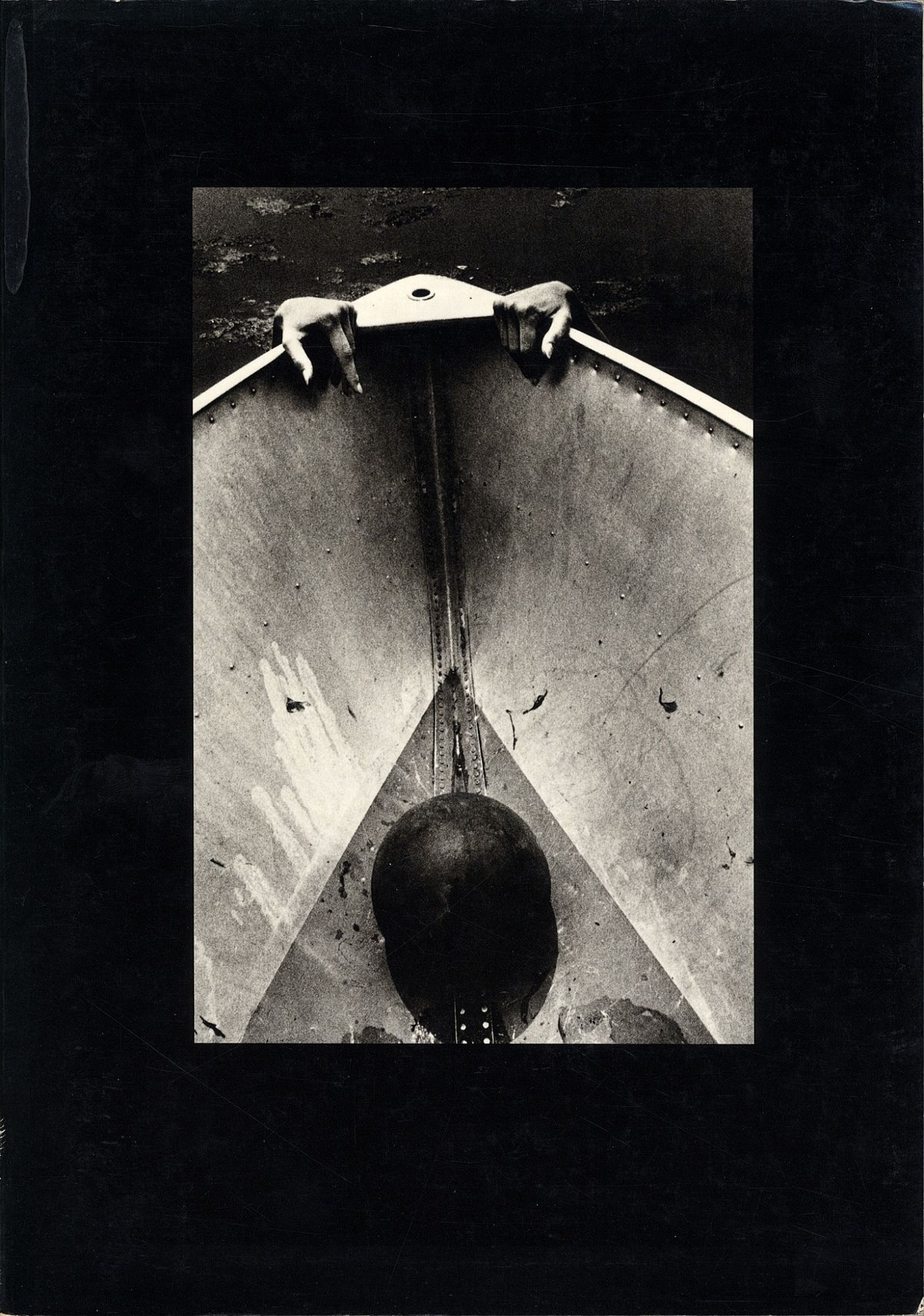




Leave a Comment